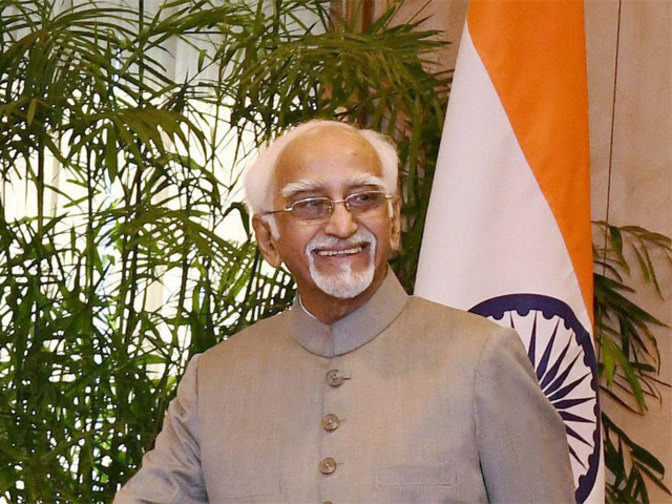The debate over “ONE NATION, ONE VOTE”
- Election Commissioner OP Rawat also said that it is important to hold an all-party meeting to discuss the simultaneous polls issue.
- “Many parties opposed One Nation, One Poll while there were some who made some valid points in favor of simultaneous elections,” OP Rawat said.
· The Law Commission said it was doing this with the “intention to initiate a healthy and sustainable debate on the issue”
“ One Nation, One Vote is the concept of holding simultaneous elections of both central and state gorvernments, it is whirled around the need to save valued resources and bring the country out of a continuous election mode.”
The concept of One Nation, One vote is not novel in India. After independence and enforcement of constitution the first elections of the central and state were conducted together. It was practiced from 1952 to 1970 under the Prime Membership of Indira Gandhi. This concept ended when the fourth Lok Sabha was liquidated.
The concept of ‘One Nation, One Vote’ is again revived by our current Prime Minister is Mr. Narendra Modi and is supported by the former President of India Pranabh Mukherjee and current President Ram Nath Kovind. However the support of the president and government party BJP the opposition party Congress strongly stand against the notion.
‘One Nation, One Vote’ has its own pros and cons, but it is something that has been worked upon and has been tested before in the history of Indian Elections.
Advantages of ‘One Nation, One Vote’ in India:
- Cost Saving – A lot of money is spend in preparing and conducting the elections. All political parties spend a lot of money in their campaign making sure no stone is unturned. Large sum is spent on the arrangement and salaries. Holding simultaneous elections will cut down the cost and save a lot of money, which can be put into a better place.
- Time Saving – Preparing of elections takes a lot of time to prepare and work upon the strategies and discussing the actions of the opposite parties with simultaneous elections the parties don’t need to be in a constant election mode and can pay attention to governance.
- Less interference – Senior leaders have to be constantly a part of all the elections the party is standing which often interferes with the work of the central, with simultaneous elections the senior leaders at the Centre could work upon better with ministerial work.
Challenges:
- Not possible – With India being the 2nd largest populated country it will be very difficult for simultaneous elections of central and state. It will have various complications as the villages and cities voting together. There may be shortage of the administrative staff, security, equipment, etc.
- National And State Issues – Holding elections together of the Central and State will end up mixing up the national issues with those of the state. The national issues will overpower the state one and making the politicians neglect the state issues.
- The consensus of the regional party – With simultaneous elections there will be a problem to have consent of regional party because there will be a tendency for voters to vote the same party both in the central and state and without the coordination of the state parties the simultaneous is not possible. There will also be shortage of resources, like central paramilitary force.




